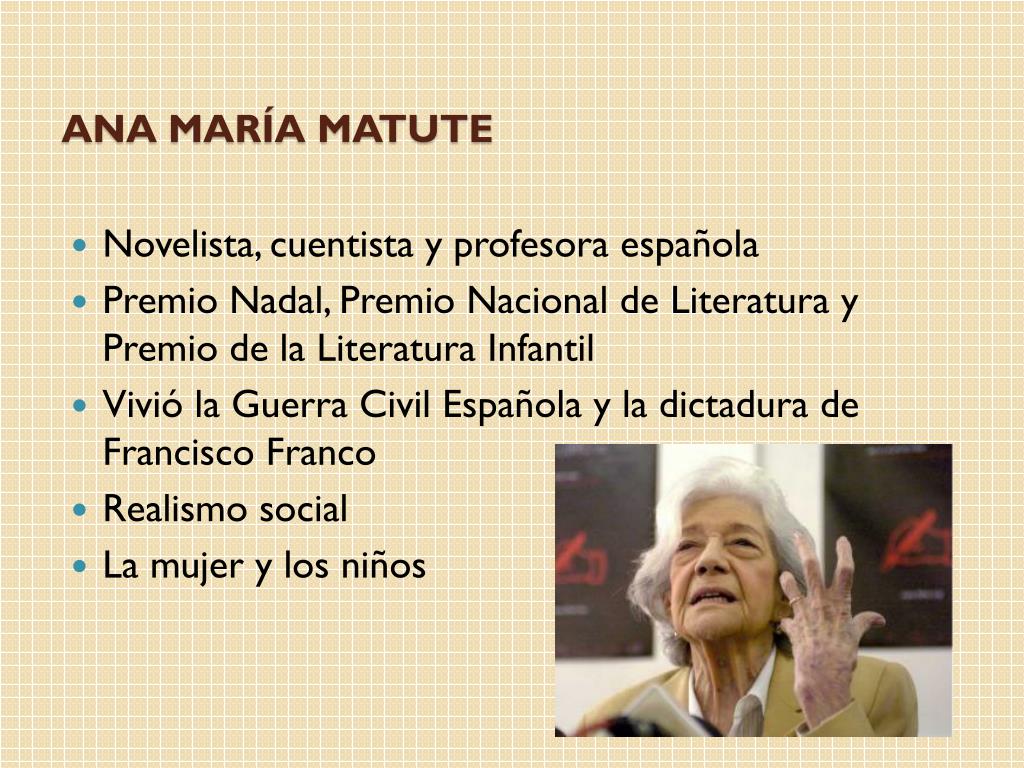

It presents voices and experiences from the diverse Hispanic world, including European, Creole, Indigenous, Mestizo, Afro-Hispanic, Latinx, and Jewish perspectives. While the primary genres of poetry, narrative and drama are well represented, the book includes expository essays, journalism, memoir, testimony, song, film, television, and visual art. Para vivir con salud includes classics of Hispanic narrative, drama, and poetry-pieces by authors such as Cervantes, Garcilaso, Sor Juana, Martí, Neruda, Castellanos, Pizarnik, and Morejón, less-well-known literary authors and a wealth of other types of cultural texts. Para vivir con salud is designed especially for the often-required Introduction to Hispanic Literature or Introduction to Textual Analysis course in most college Spanish programs, allowing individual sections to be transformed into a learning experience that prepares health professionals and brings them into greater engagement in literary and cultural studies in the Spanish major or minor.

The movements of Narrative Medicine and Health Humanities have shown persuasively that healthcare providers benefit from a humanistic preparation that promotes empathy across difference builds an understanding of how culture, language, and history shape our knowledge of health, illness, and medicine and trains students in narrative competence to better understand and collaborate with patients and colleagues.

While a growing number of literature departments teach Spanish courses with a health focus and most require their majors and minors to take an introductory course in literary or textual analysis, the crucial connection between the study of literature and professionalization in healthcare is generally not being made for or by these students. These students seek advanced-level study of Hispanic culture and language that prepares them to communicate about health-related issues. The book meets the needs of the fast-growing numbers of Spanish majors and minors who are preparing themselves for careers in healthcare, in which they will engage Hispanic communities. Para vivir con salud: Leyendo la salud y la literatura is the first ever textbook to introduce literary and textual analysis through the lens of health, illness, and medicine. By bringing an interdisciplinary, local, and transnational lens to bear on these categories and by showing how visual letradas appropriated them as key spheres of action, this project narrates how normative representations of the female body (visually and in formal politics) were contested throughout Mexico City and how, in turn, such challenges affected and effected politics.We are asking anyone who adopts this webbook or uses portions of it in their teaching to please let us know at this link (click here). Moreover, in contrast to the closed disciplinary focus and national parameters that have characterized the twentieth-century Mexican historiography of feminisms, media, art, and women's history, this dissertation emphasizes the interconnections between these fields by focusing on three main categories-the city, the archive, and the media. The term visual letradas is also used to map out how the increased participation of women in Mexico's mediascapes shaped the emergence of competing political subjectivities that posited the female body, gender difference, and sexual violence at the forefront of public debates during the last decades of the twentieth century. Using recently opened archives of the Mexican secret services as well as photographic documentation on feminist demonstrations, oral testimonies, interviews, videos, performances, and films, this study shows how visual letradas transformed intellectual spheres of influence previously conceptualized as privileged masculine territory, the space of the letrado. Throughout this dissertation, the concept of visual letradas is developed to describe women who by the second half of the twentieth century became more openly concerned with performing and recording audiovisual information about how their bodies were visually construed and politicized. It considers this process as indicative of larger and potential transformations in historically constituted fields of power and knowledge in the context of the emergence of new wave feminisms and the broad shift in Mexican intellectual sectors away from an exclusive emphasis on literate-print culture and towards an embrace of audiovisual communications. This study analyzes the fundamental role played by a group of artists and feminist activists including Ana Victoria Jiménez, Rosa Martha Fernández, Mónica Mayer, and Pola Weiss in developing and transforming regimes of media and visuality in post-1968 Mexico.


 0 kommentar(er)
0 kommentar(er)
